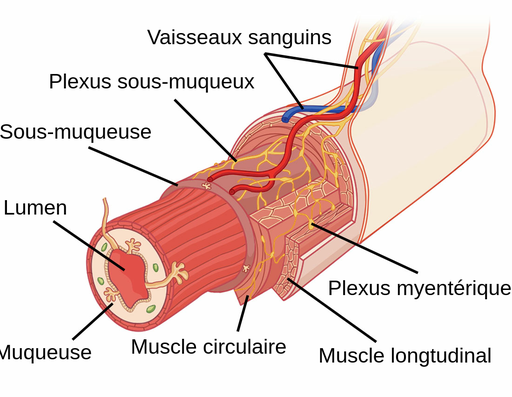Tuesday, 30 April 2024
The so-called second brain in your intestines
After I deliver lectures about the human brain, one question that people often ask me is, “Is there really a ‘second brain’ in my belly, and if so, how is that possible?” I have to tell them that for someone like me, who many years ago did his master’s research on an invertebrate—more specifically, on a marine mollusk called the sea slug—there’s nothing surprising about finding neurons in parts of the body besides the brain. Because, like my sea slug, the phylogenetically oldest animals on Earth began by having clusters of neurons (what are often called ganglia) in many different parts of their bodies. For example, the sea slug has ganglia in its mouth, feet, and brain (where the ganglia are no bigger than anywhere else) as well as in its abdomen . It was only later in evolution, and especially in vertebrates, that increasing cephalization occurred: a concentration of neurons in the rostral portion of the neural tube (in other words, in the head). But that doesn’t mean that the other neurons, such as those in the abdomen, disappeared!
We humans still have networks of neurons (known as plexuses) that are located in the walls of our intestines, that control our digestive systems, and that scientists refer to collectively as the enteric nervous system. These neurons can function independently (for example, to control peristalsis—the muscular contractions that move food down our digestive tracts), but are still subject to the influence of the vegetative nervous system.
Personally, I think that it’s a pretty big exaggeration to call the enteric nervous system a “second brain”. This system has only about 500 million neurons in all, which is about 175 times less than the 86 billion neurons in the brain, though still five times more than in the human spinal cord and and about two-thirds the number in a cat’s entire nervous system.
From the Simple to the Complex | Comments Closed









